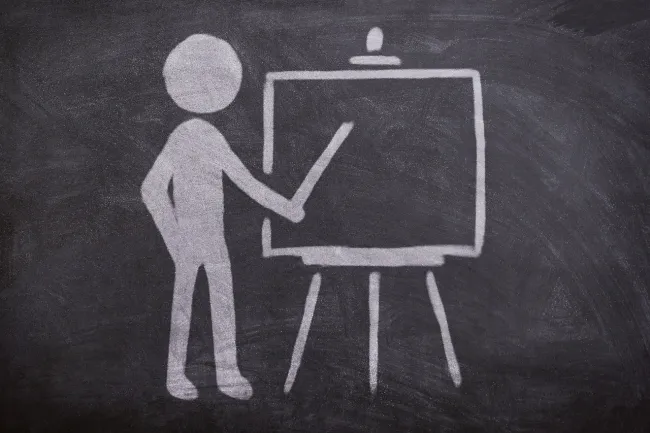FCRN member David Cleveland uses the University of California as a case study and finds that integrating climate and food policies could contribute substantially to reducing institutional greenhouse gas emissions by accounting for Scope 3 emissions (which would include emissions from food purchased by the institution).

Food-related emissions reduction measures studied include removing canteen trays to reduce food waste (read more on similar interventions here - removing trays is thought to discourage people from taking too much food), offering an academic course on food, switching from beef to beans for one day per week and composting food waste.
Abstract
Most climate change mitigation policies, including those of higher education institutions, do not include food system greenhouse gas emissions (GHGE). Yet the food system contributes ∼30% of anthropogenic GHGE, mostly from animal source foods. Food system changes are necessary to meet GHGE mitigation targets and could do so relatively inexpensively and rapidly with major health, social and environmental co-benefits. To estimate the potential impact of integrating higher education institution climate and food policies, we used the case of the University of California (UC), comprising 10 campuses with 280,000 students. The UC is a leader in climate and food research, and has major policy initiatives for mitigating climate change and for promoting healthy, sustainable food systems. Like most higher education institutions, the UC climate change mitigation target for 2025 covers only Scope 1 and 2 GHGE (campus-generated and purchased energy), yet Scope 3 GHGE (indirect, including food system) are often institutions’ largest. We created scenarios using results of studies of US dietary changes, and existing, planned or potential UC food system changes. These scenarios could reduce UC Scope 3 food emissions by 42–55%, equivalent to 8–9% of UC’s targeted energy GHGE reduction, and 19–22% of offsets need to reach that target. These results have implications for broader climate policy in terms of food systems’ high GHGE, the health, environmental, economic and social benefits of food system changes, and ways these changes could be implemented. To our knowledge this is one of the first empirical studies of the potential for integrating climate and food policy in HEIs.
Reference
Cleveland, D.A. and Jay, J.A., 2020. Integrating climate and food policies in higher education: a case study of the University of California. Climate Policy, pp.1-17.
Read the full paper here. See also the Foodsource chapter What can be done to shift eating patterns in healthier, more sustainable directions?




Comments (0)